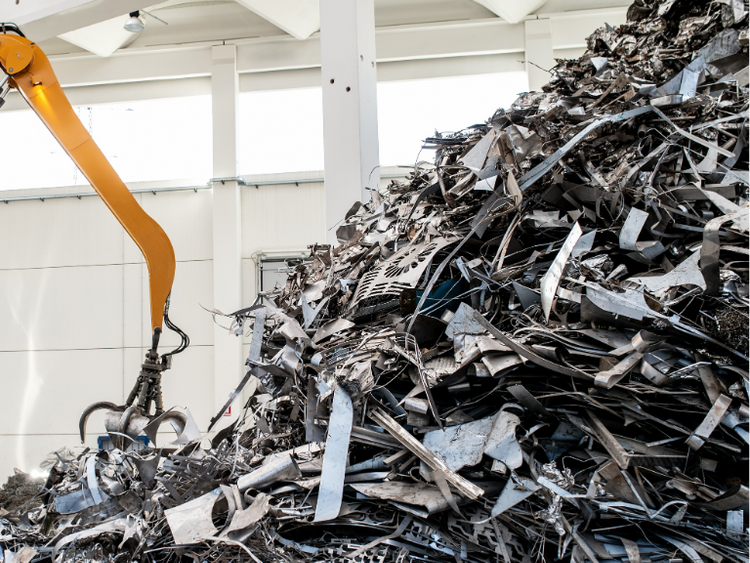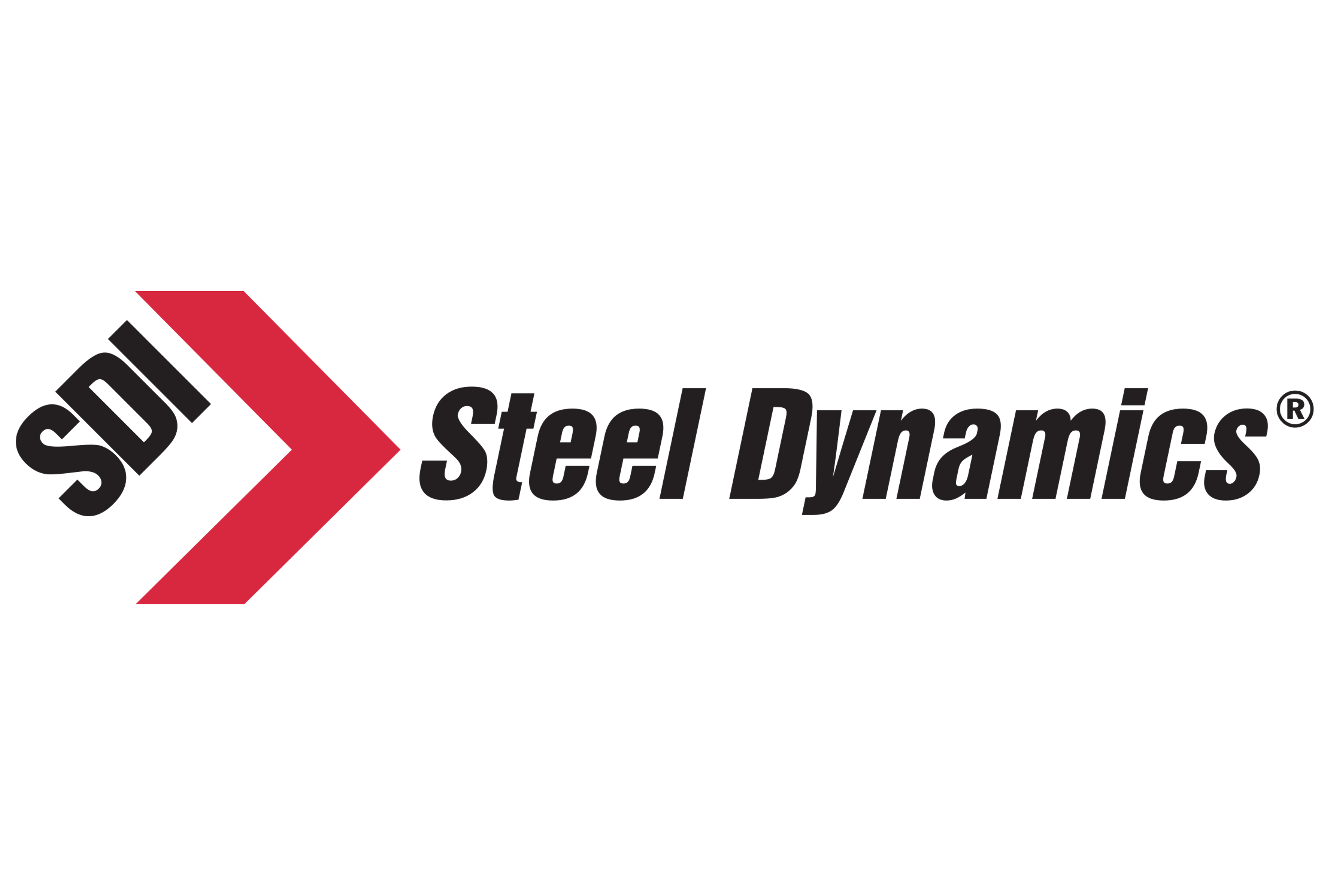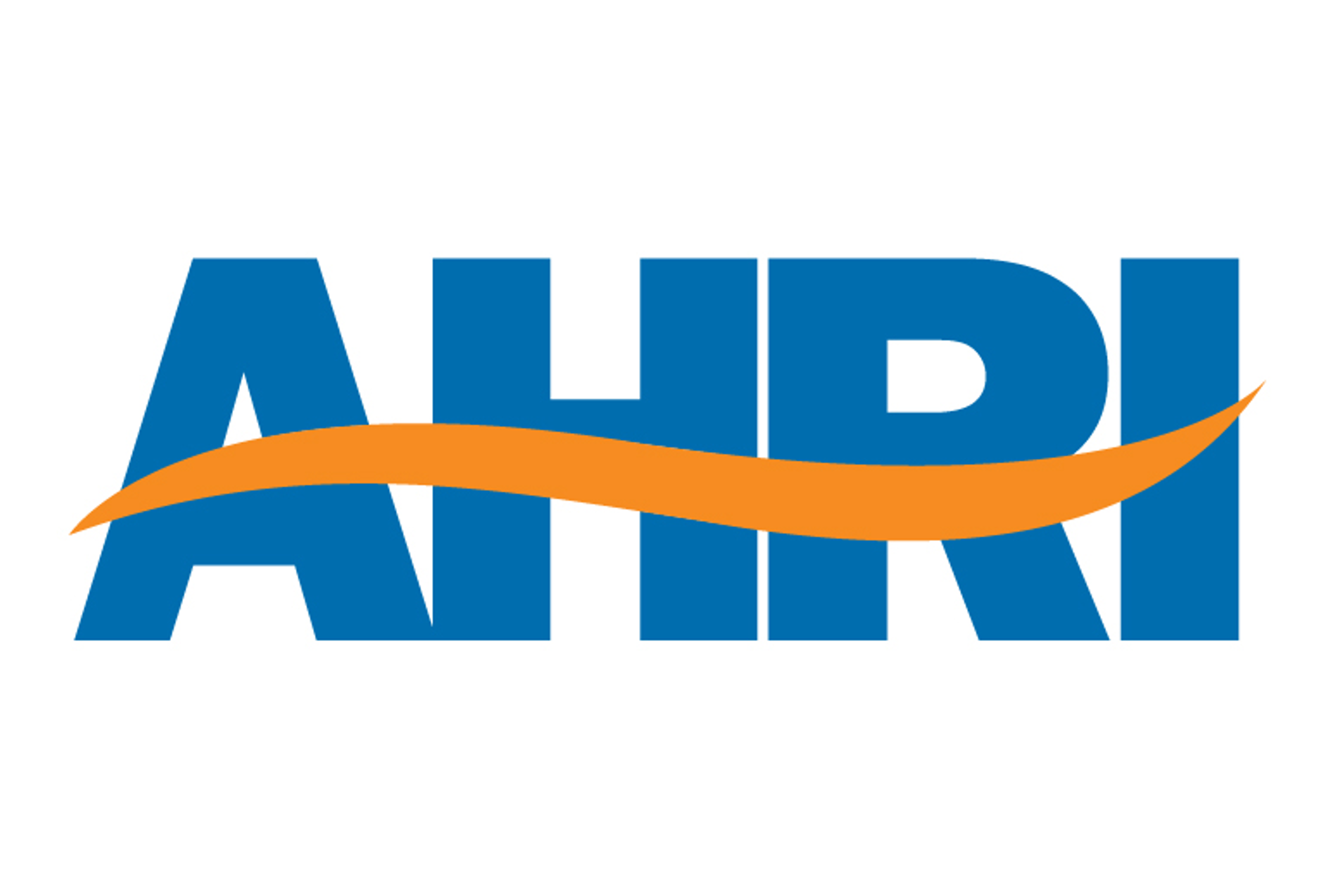Product

November 1, 2024
November ferrous scrap market slows with export pullback
Written by Stephen Miller
The ferrous scrap market for November is starting to look more like the several preceding months. At the outset there was optimism. In most districts, prices rose, but not dramatically. In the Chicago and Detroit districts, prices remained sideways. The Turkish mills came back into the deep sea export market and bumped up prices. However, things started to unravel.
The Turkish mills pulled out as fast as they came back. Their absence sent European cargo tags down over $20 per metric ton (mt) and the US has reluctantly followed with similar drops. Obsolescent scrap flows in the US have not faltered significantly and have actually picked up in some areas. This has led some to believe shredded prices will remain flat for November. Industrial grades have been seen as decreasing in general, and probably will not have a chance to recover until early next year, US election outcome notwithstanding.
I spoke with a scrap executive in the Great Lakes area who is calling the market sideways. He believes mills are flooding the market with hot-rolled coil (HRC) and driving prices down into the $600s per short ton. So, there won’t be much of a recovery there. He went on to mention scrap flows being stable and declining export prices just add to a growing feeling of pessimism. Scrap demand is simply lacking.
I also contacted a purchasing manager in the Midwest who thought scrap demand is “stable, but not strong.”
In his view, November will be supply driven. The Chicago and Detroit markets, which stayed even in October, may experience a modest increase of $10-20 per gross ton (gt), if mills from other districts reach into these districts for tons, mostly likely industrial tons.
Looking to the South, I spoke with a large regional scrap processor about his view on the market. He is of the opinion the move in November will be sideways as well. His reasoning includes lower export prices, static steel prices, and deficient scrap demand. Although obsolescent scrap flows are off throughout the South, it should be enough to hold prices where they are. He also said he does not think the election will have any short-term effect on the scrap or steel markets.
It is not uncommon for the November scrap market to trade sideways. It does not mean December and January will follow suit, as some are now saying due to the weakness of HRC prices. Dealers do not want to sell large amounts of scrap in December and US mills typically do not want to buy much scrap in December. This usually sets a firm December market followed by an uptick in January. We’ll have to see if this will occur this year.







